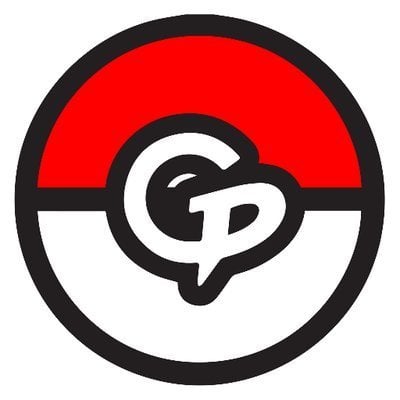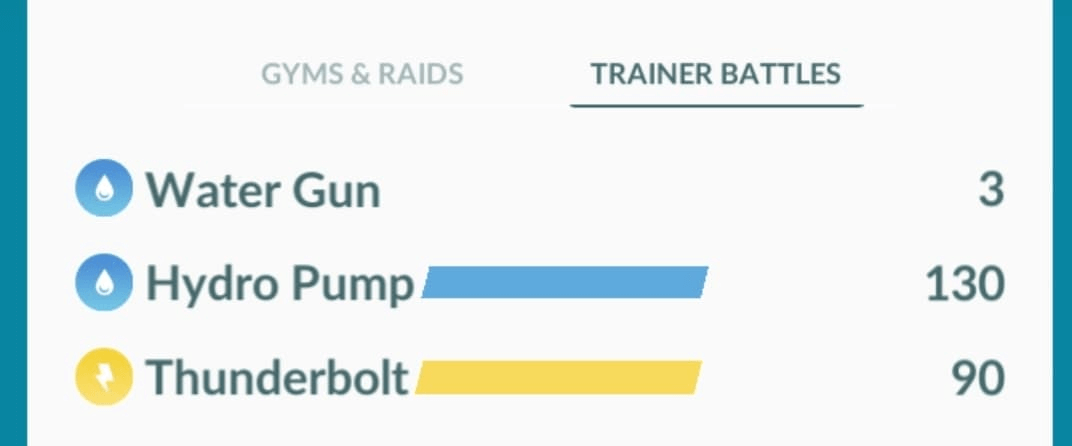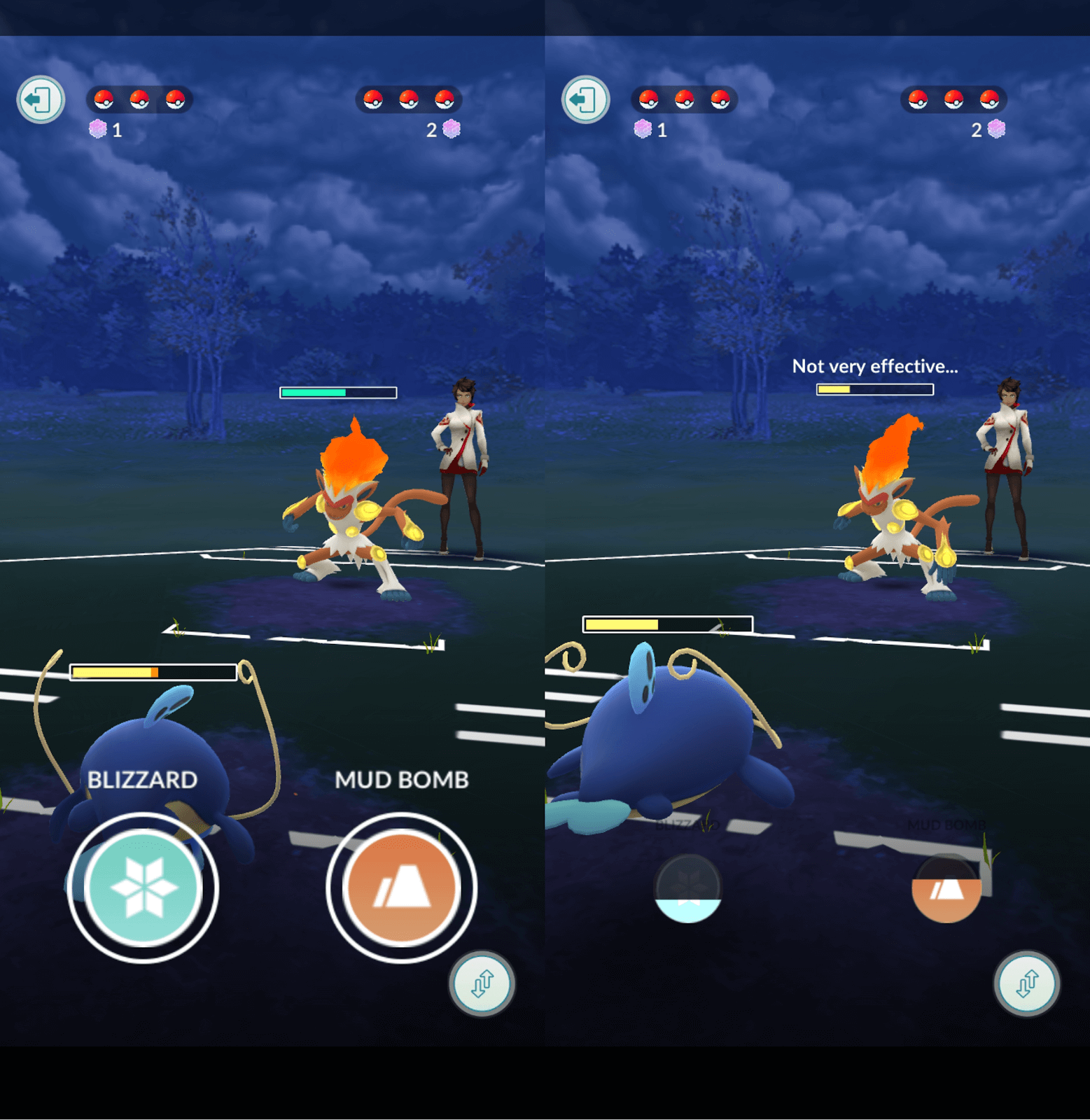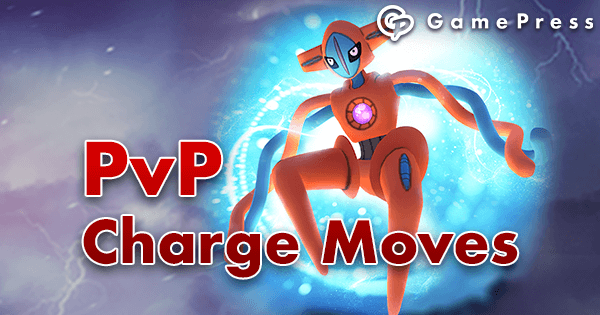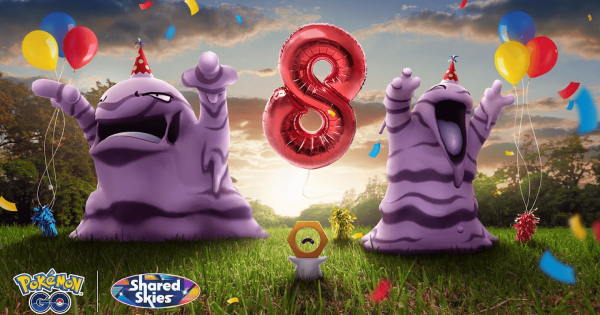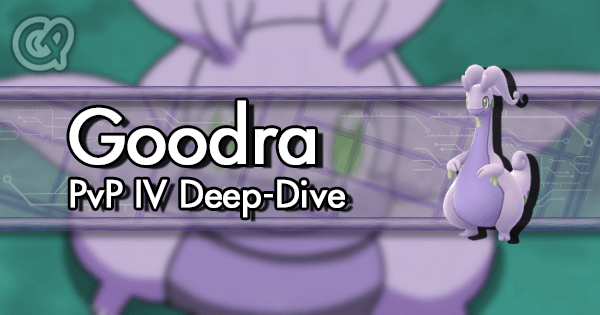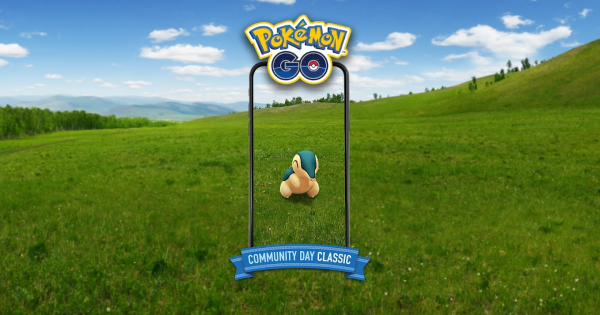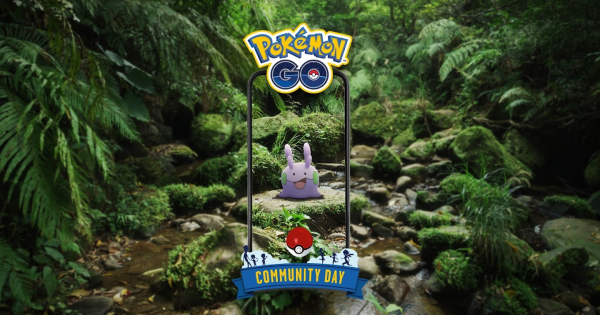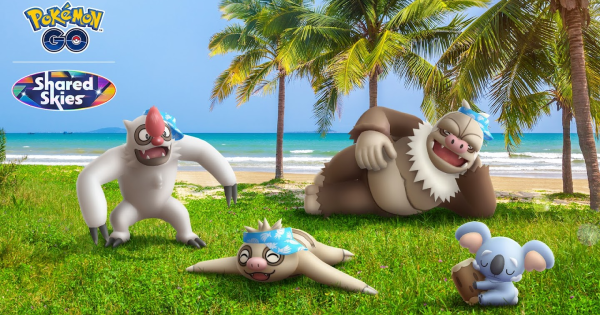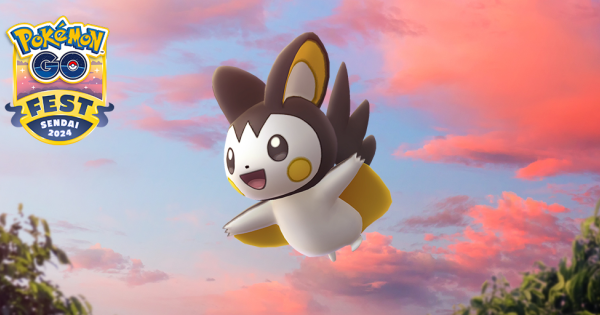Terminology
DPT: Damage Per Turn. The amount of damage a fast move deals per 0.5 seconds. The equivalent of DPS in gyms and raids.
EPT: Energy Per Turn. The amount of energy a fast move builds per 0.5 seconds. The equivalent of EPS in gyms and raids.
TDO: Total Damage Output. The amount of damage a Pokémon can output before fainting.
SE: Super Effective. A move that is SE will deal 1.6x normal damage. SE multipliers can stack.
NVE: Not Very Effective. A move that is NVE deals 0.625x or 0.31625x normal damage. NVE multipliers can stack.
PvE: Gym and Raid battles, as opposed to PvP, which are trainer battles.
Glass Cannon: A “Glass Cannon” Pokémon has low Defense and HP, making it more likely to faint quickly. However, this is often paired with a very high Attack stat.
Coming from PvE
AKA Everything you know is wrong, and Medicham is a golden god
One important thing to note when coming to PvP is that energy costs are different. The Trainer Battles section of a Pokémon’s profile is inaccurate. For whatever reason, Niantic decided to round energy costs up to the next 50.
While it would appear that Hydro Pump and Thunderbolt cost the same amount of energy, both being “1 Bar” moves, this isn’t accurate. Hydro Pump costs 75 energy, whereas Thunderbolt only costs 55. Charged moves will be discussed in detail further below. For more accurate move data, look here.
In PvE, you've become used to the most important stat on a Pokémon being its Attack. While this will be discussed more in-depth in the “How to analyze a Pokémon” section, just know that defense and HP tend to be more valuable in PvP than simply raw damage output. A high Attack can even be detrimental in Great and Ultra Leagues.
This is even relevant in the context of IVs. In PvE, it doesn't get better than a 100% IV Pokémon. Here, however, outside of Master League, you're more likely to want something closer to a 0 Atk, 15 Def, 15 HP spread (unless the Pokemon's CP naturally caps below a league's CP cap). This is because the Attack stat inflates CP, making it reach the league caps (1500 or 2500 CP) with worse overall stats. You can find the ideal IV spread for any Pokémon for any league here. Apps like Calcy IV and Poke Genie can help find your Pokémon's stat product rank, too!
Medicham, for example, maxes out at 1431 CP, with an Attack lower than Aggron’s. This makes Medicham more than useless in gyms and raids but an absolute monster in Great League. The low stats allow Medicham to have impressive bulk and solid damage output. Other Pokémon that are awful in PvE but fantastic in PvP include Cresselia, Bastiodon, and Giratina-A.
Mechanics
Turns
In PvP, everything is broken down into 0.5 second long “turns”. You likely will not notice these while playing, but everything happens on one of these beats. The most important part of this mechanic is to know that “DPT” and “EPT” refer to how much damage and energy happen on average each turn.
If you and your opponent both would activate a charged move on the same turn, who gets to use theirs first is determined which Pokémon has the higher attack stat. More details on Charged Move Priority (CMP) can be found here.
Switching
At almost any point in the game, you can switch out your active Pokémon. This ability is on a 60 second cooldown. The timer continues to count down while your opponent switches, during charged move minigames, or during the 12 second period a trainer has to choose their next Pokémon after their current one faints.
Energy
Each Pokémon can hold up to 100 energy. You can keep track by watching the Charged Move button fill up, multiple times. It can help to know the exact costs of your charged moves, too! Energy does remain with a Pokémon, so if you switch it out and then bring it back in later, it’ll have the same amount of energy it left with. Use this to catch your opponent off-guard!
Pictured is a 100 energy Whiscash, before and after firing off a Blizzard (75 energy), leaving it with 25 energy, about half of what it would take to use Mud Bomb (40 energy)
Shields
At the beginning of each match, each player starts with 2 shields. Each shield will block all but 1 damage from a charged move. This is one of your most important resources, and your shield usage can absolutely win or lose you a game! Be careful about using them on just anything!
Charged Move Minigame
When you activate a charged move, you’ll enter a minigame in which a number of "bubbles" appear on the screen, and you have to swipe on as many of them as you can in order to maximize your damage output. The specific pattern in which these bubbles appear is determined by which Type the move is. That is to say, a Normal move would have a different minigame than a Dark move, and so on.
Based on the number of bubbles you hit, you get a rating of Nice, Great, or Excellent. With a little bit of practice, you should be able to hit perfects on every type, every time! It will take a bit more effort than the previous "tap the screen really fast" mechanic though, so don't get discouraged if you're not getting perfects every time!
How to Analyze a Fast Move
What makes it good?
Fast moves have two main characteristics that define their utility: Damage Per Turn (DPT) and Energy Per Turn (EPT). DPT defines how much damage you deal with your fast moves, and EPT defines how quickly you can build up charged attacks. Additionally, fast moves have a duration, referring to how many turns they take to complete. Some fast moves take only 1 turn (like Fury Cutter), whereas Volt Switch takes 5 whole turns to complete. A fast move’s duration does not significantly impact how useful it is, but it can be worth noting.
There’s no one thing that makes a fast move useful. Moves with high DPT and low EPT (like Razor Leaf) have their niche, as do moves with low DPT and high EPT (like Mud Shot).
The “baseline” for a fast move is 3 DPT and 3 EPT. You’ll find this statline on moves like Ember, Water Gun, and Feint Attack. While 3/3 moves are absolutely not bad, they’re not exciting. However, it’s worth watching out for anything that dips below that on both stats. Zen Headbutt, for example, has 2.66 DPT and 2 EPT. It's a poor move and should be avoided.
On the other hand, Razor Leaf has 5.5 DPT and 2 EPT. While it has the same low energy gain as Zen Headbutt, the damage is incredible. It is, in fact, the highest available DPT on a fast move. On the opposite end of the spectrum is Mud Shot, with 1.5 DPT and 4.5 EPT. Despite its pitiful damage, Mud Shot’s energy gain makes it a top tier fast move, allowing it to power out charged moves. Moves like Dragon Breath and Confusion (both 4 DPT and 3 EPT) deal fantastic damage through shields while also having solid energy gain. The best two fast moves in the game are arguably Counter (4 DPT and 3.5 EPT) and Shadow Claw (3 DPT and 4 EPT). Both deal good damage without sacrificing energy gain.
Other less impressive but still powerful moves include Ice Shard and Fire Spin, which have 3 DPT and 3.33 EPT.
While not all fast moves are equally powerful, most of them have a niche. Different fast moves work well in different contexts, and will be discussed in the “Moveset Analysis” section below.
How to Analyze a Charged Move
Two Characteristics
Charged moves have 2 main characteristics. Damage or Power (different words for the same thing) refer to how hard a move hits. Energy refers to how much energy it takes to use. Rather than being simply “1 bar” “2 bar” or “3 bar” like in PvE, charged moves can cost anywhere from 35 energy on moves like Dragon Claw to 80 on Solar Beam (Struggle costs 100 energy but is an irrelevant move).
From this, a hybrid characteristic is Damage Per Energy, or DPE. Typically, moves with a higher DPE are better, but it’s not the most important characteristic. It’s very easy to faint before you can fire off an expensive attack, and it doesn’t matter how strong a move is if it gets shielded. On the whole, the cheaper a move is, the stronger it is. High DPE moves like Hyper Beam (150 power, 80 energy, 1.875 DPE) are powerful when they hit, but all too often are blocked by a shield, wasting an incredible amount of energy. On the other hand, Leaf Blade (70 power, 35 energy, 2.0 DPE) gives you the best of both worlds, allowing you to pressure shields while also dealing good damage.
Stat Changing Moves
Some charged moves do more than just deal damage! These come in two main categories: Buffs (moves that increase your stats) and Debuffs (moves that decrease your opponent’s stats). Stat altering moves have a couple of noteworthy traits.
- The stat changes happen even if the move is shielded. This is true for buffs (like Power-Up Punch) and debuffs (like Acid Spray).
- The stat changes remain even when a Pokémon switches out. This can be advantageous if your buffed Pokémon is forced out.
These stat changes work as follows:
| -4 | -3 | -2 | -1 | 0 | +1 | +2 | +3 | +4 |
|---|---|---|---|---|---|---|---|---|
| 50% | 57.15% | 66.67% | 80% | 100% | 125% | 150% | 175% | 200% |
You start out at buff level "0." As you gain buffs and debuffs, you shift along this line. For example, if you use Power-Up Punch and gain +1 Attack, you now have a 1.25x multiplier to your Attack stat. If you then get hit by two Leaf Tornado (which each apply a -1 Attack debuff), you’re now at -1.
The maximum stat change you can be at is +4 or -4. These changes are incredibly meaningful and can swing games in your favor.
Moveset Analysis
Typically, low EPT fast moves should be paired with cheap charged moves. A fantastic example of this is Tropius, who has Razor Leaf (5.5 DPT, 2 EPT). Tropius typically runs Leaf Blade (35 energy) and Aerial Ace (45 energy). You’ll probably be able to use these attacks despite Razor Leaf’s pitiful energy gain.
On the other end of the spectrum is Registeel. Registeel runs Lock On (5 EPT), Flash Cannon (70 Energy) and Focus Blast (75 Energy). Lock On's incredible energy gain provides a much higher “budget” for your charged moves.
Just because a Pokémon has a fast move with high EPT doesn’t mean you should just be using expensive moves though. Giratina-A, one of the best Pokémon in Ultra League, uses Shadow Claw (3 DPT, 4 EPT) to power out Dragon Claw (35 energy) and Shadow Sneak (45 energy). This means it can spam charged moves without much risk!
If you’re not sure what moveset to use, GamePress is working on rolling out moveset guides for every Pokémon, so if whatever you’re trying to use doesn’t have a guide yet, it may very soon.
How to Analyze a Pokemon
Stat Distribution
Unlike in raids, Pokémon are a limited resource. You can’t just wipe, then re-enter with a new team. This makes bulky Pokémon much more valuable than glass cannons.
Because Attack increases a Pokémon’s CP more than Defense or HP, a high Attack stat can be detrimental in Great and Ultra League. Pokémon like Cresselia and Bastiodon, who have unbelievably high defensive stats, are very powerful in PvP. On the other end of the spectrum, Pokémon like Sharpedo whose Attack stats are incredibly high but have very low defenses often faint before they’re able to accomplish anything.
That said, Pokémon such as Toxicroak and Lucario can still be powerful despite their suboptimal stat distributions. They just require you to be more careful with shields.
Roles
Not every Pokémon is strong everywhere. While there’s no hard and fast rule for when to use any given 'mon, there are guidelines and a couple of roles to guide your usage.
Leads
Pokémon with high DPT and low EPT fast moves are at their most effective when your opponent has shields up. Because shields reduce the impact of charged moves, using a move like Bite (4 DPT, 2 EPT) will allow you to deal more damage to your opponent than they can deal to you.
Similarly, Pokémon with high EPT fast moves and cheap charged moves make for power leads. While their charged moves may not deal quite as much damage, you can fire off a lot of them, forcing your opponent to either use up their shields or feel very pressured by the damage you’re putting out.
Closers
Closers, also called anchors, are the Pokémon that come out at the very end of the battle. Pokémon like Tentacruel and Torkoal, who only have expensive charged moves, fit this role to a T. Because it takes so much energy to fire off one charged move, they often lose if your opponent has any shields available. These are typically risky Pokémon to run, but if your opponent is out of shields then there aren’t many things that can survive a full-power Hydro Pump or Overheat.
Generalists
Some Pokemon just do everything well. Pokémon like Altaria, who have Dragon Breath (4 DPT, 3 EPT) with Sky Attack (80 damage, 45 energy) and Dragon Pulse (90 damage, 60 energy) deal good damage through shields, pressure shields, and hit hard with their charged attacks.
Glass Cannons vs Tanks
Some Pokémon, like Lucario, have very powerful damage output. However, this comes at the cost of limited bulk. This means they all but require shields to accomplish anything, as even a resisted charged move will deal significant damage. Because of this, it can be risky to include more than one of these on a team.
Other Pokémon, notably Bastiodon, have such high defense that you often don’t even need to shield super effective attacks. This makes them incredibly powerful additions to any team and makes them great partners to any glass cannons you may be running.
Strategy
Shielding
There’s no exact science as to whether or not it’s worth spending a shield. It’s something you’ll have to learn over time through practice. However, there are a few basic guidelines. If you expect that your opponent will be dealing enough damage to knock out your Pokémon, and you surviving could allow you to get off meaningful damage, then it’s likely worth shielding.
If your current Pokémon is a core part of your team’s strategy, and you need to keep them alive to win, then it’s worth investing shields.
If your Pokémon is unlikely to be able to accomplish anything before fainting, then it’s probably not worth shielding. For example, if your current Pokémon has barely enough health left to survive a fast attack, shielding is basically throwing away resources.
Shield advantage is another important concept to consider. If possible, you want to have more shields available to use than your opponent. Having 2 shields and 2 Pokémon left can be better than 1 shield and 3 Pokémon, and is far safer than 0 shields and 3 Pokmon.
Switching
Be careful with your switches! As mentioned before, switching is on a 60 second cooldown. Most Pokémon cannot survive that entire time. As such, if your opponent hasn’t yet used their switch, they can often counter-switch (that is, switching in response to your switch) into a Pokémon that beats whatever you just put in.
Typically, it’s safest to not switch unless you’re in a heavily disadvantaged matchup. Venomoth can KO Toxicroak in 4 hits in Great League, and it doesn’t get much worse than that. You get a free switch when you’re knocked out, so you have to decide if it’s worth it.
Shield baiting
Shield baiting is using the cheaper of your two charged moves to save energy and tricking your opponent into shielding it.
Let’s say you’re using a Flygon with Mud Shot, Dragon Claw, and Earthquake. Mud Shot has 1.5 DPT and 4.5 EPT. Dragon Claw is 50 damage and costs 35 energy, and Earthquake is 120 damage for 65 energy. Your opponent still has shields. So what can you do?
If you've gained enough energy to fire off either Earthquake or Dragon Claw, then your opponent has to guess which move you used. The shield bait, in this case, would be to use Dragon Claw. If your opponent decides to shield, then they take 1 HP damage. But instead of setting you back 65 energy, you’ve only spent 35! You still have 30 energy left over for your next move.
On the other hand, if your opponent calls your bluff, then you will have spent 35 energy on a relatively weak move, while your opponent preserved his shield. This is the core of shield baiting, and it’s one of the most important things to learn if you want to do well in PvP.
How Do I Get Better?
From all this, you might be intimidated. PvP may be easy on the surface, but there’s a ton of depth available if you go looking for it. Other than the obvious “practice a lot,” there are a couple of really valuable resources to check out.
First, this website! We have ratings and moveset explanations for most Pokémon, as well as tier lists for Great League, Ultra League, and Master League. You can see all of our PvP resources here, at the Trainer Battle Resource List.
Second, PvPoke.com has rankings of the best Pokémon in each league and provides recommended movesets. It's battle simulator is also very useful for seeing how different ways of shielding can impact a battle’s outcome.
Finally, reddit is a great resource! TheSilphArena’s subreddit has regular posts where people discuss various aspects of the game. Get out there and talk to people, and don’t be afraid to ask questions!

